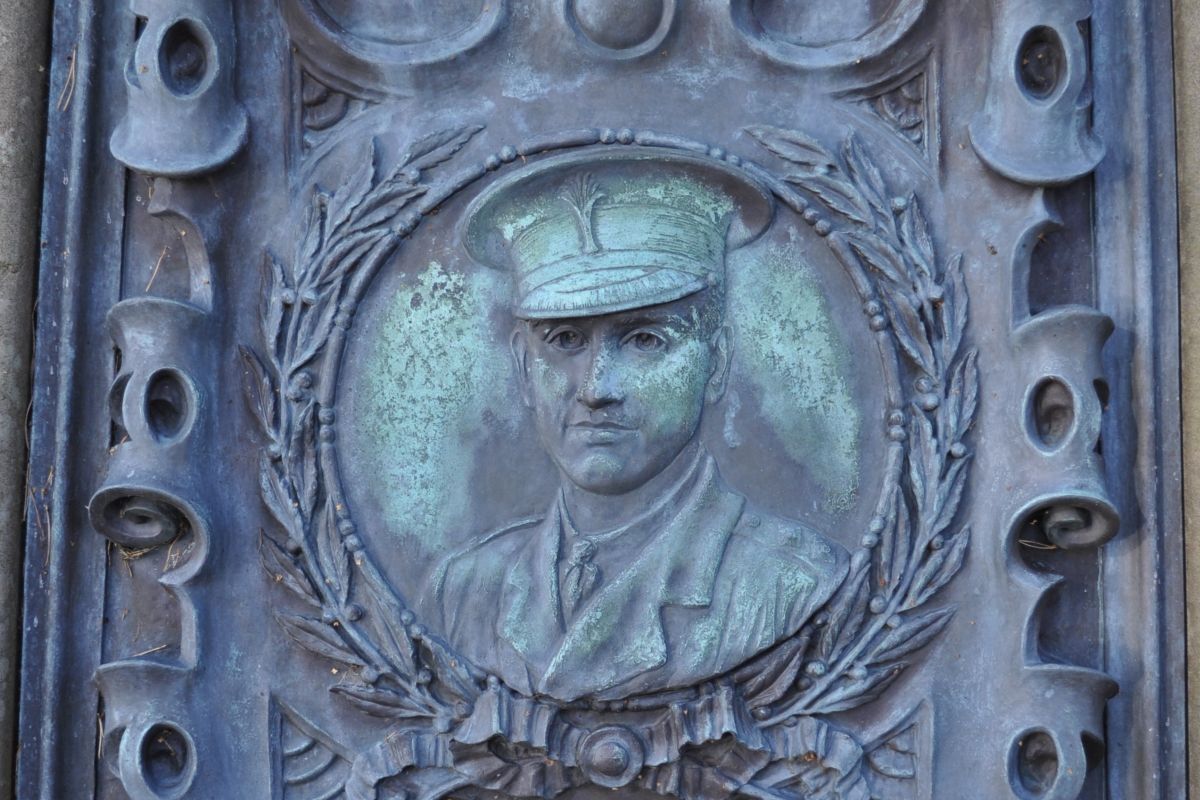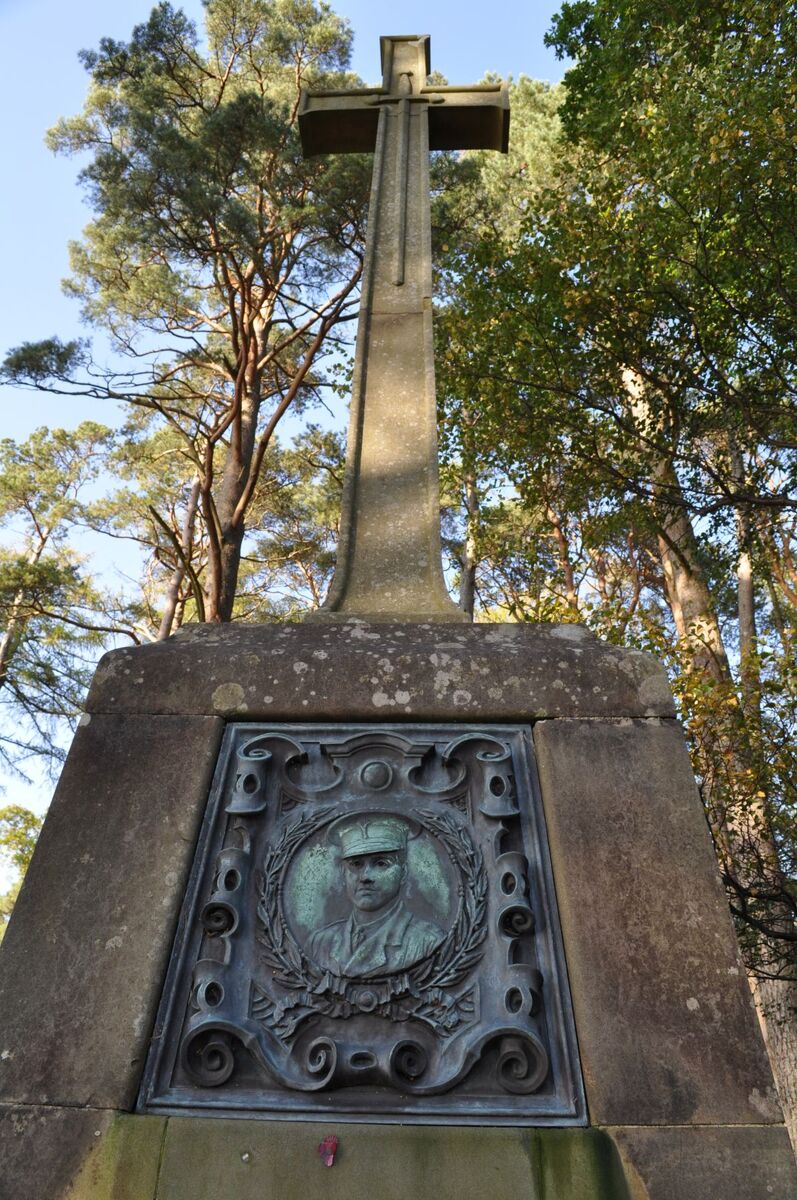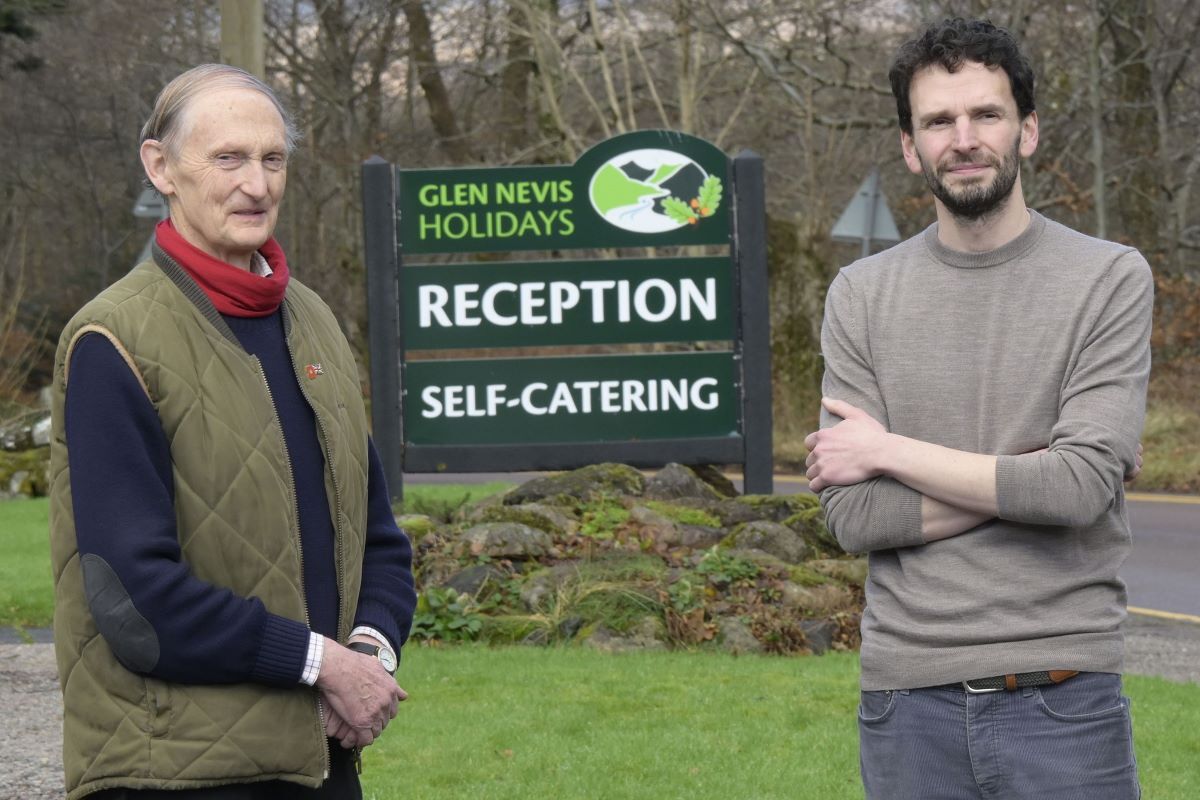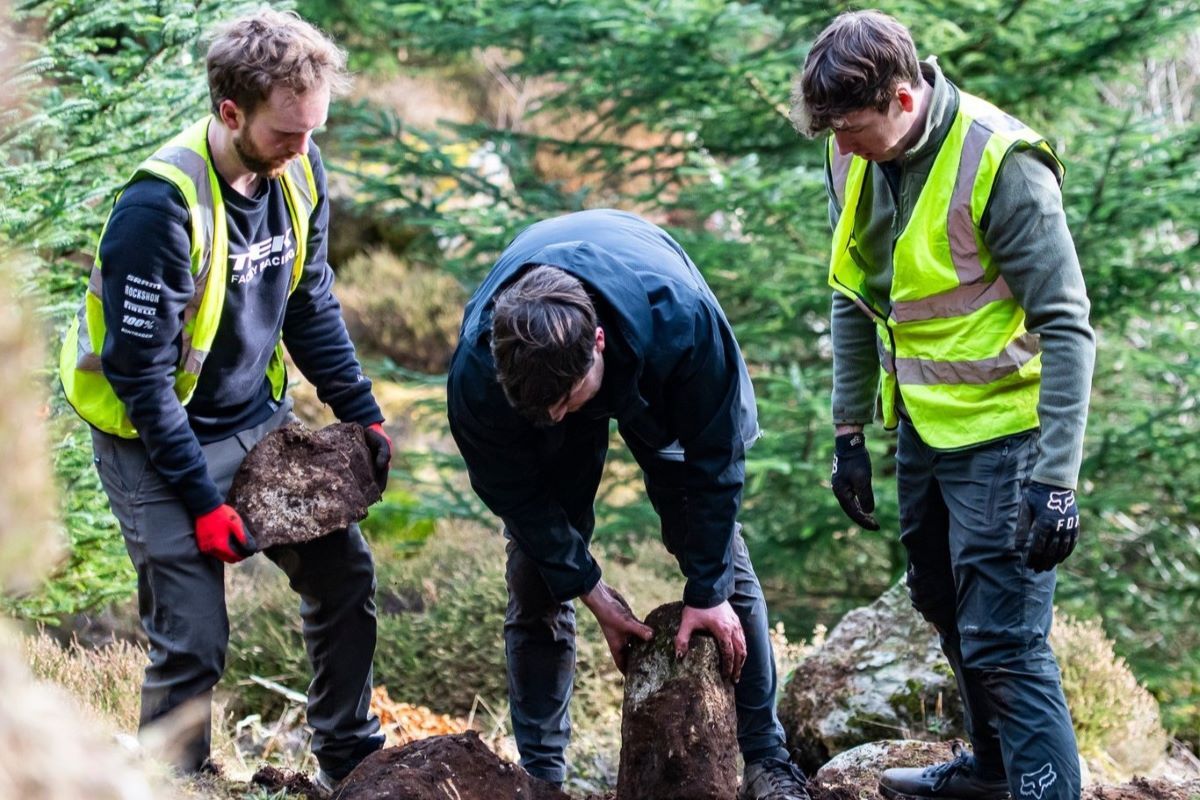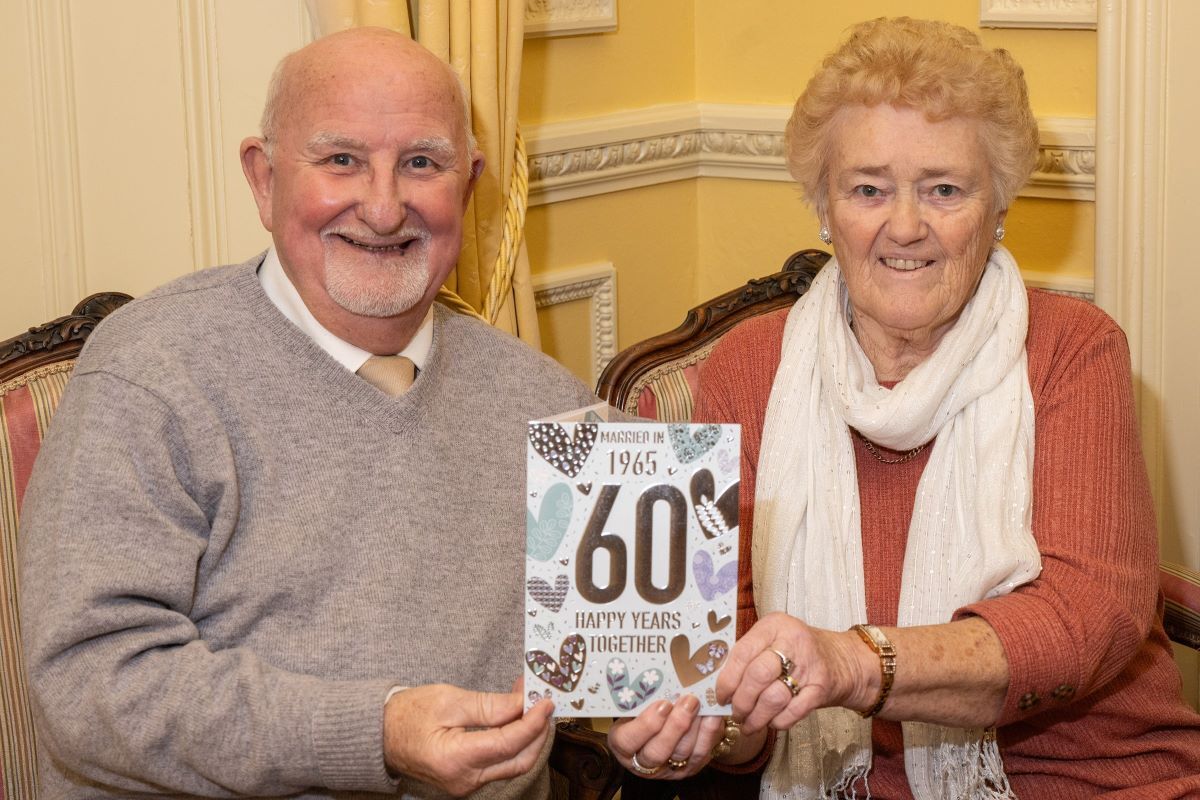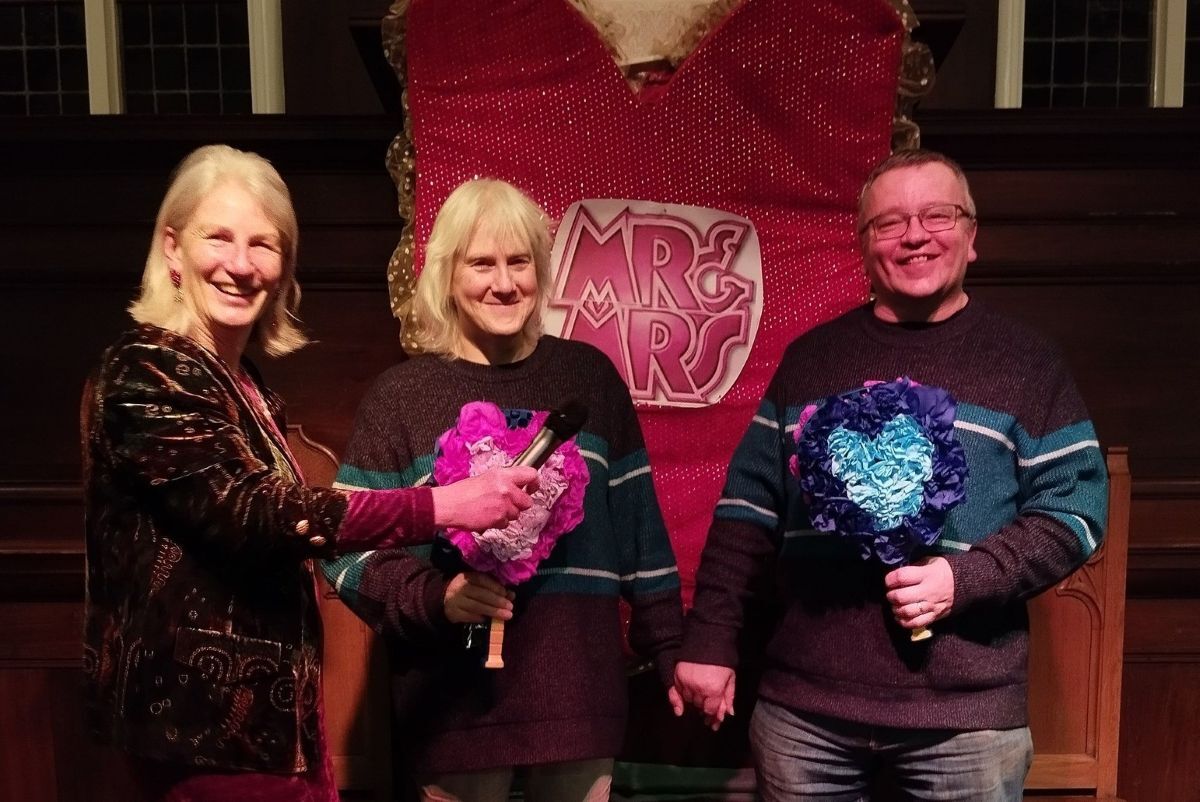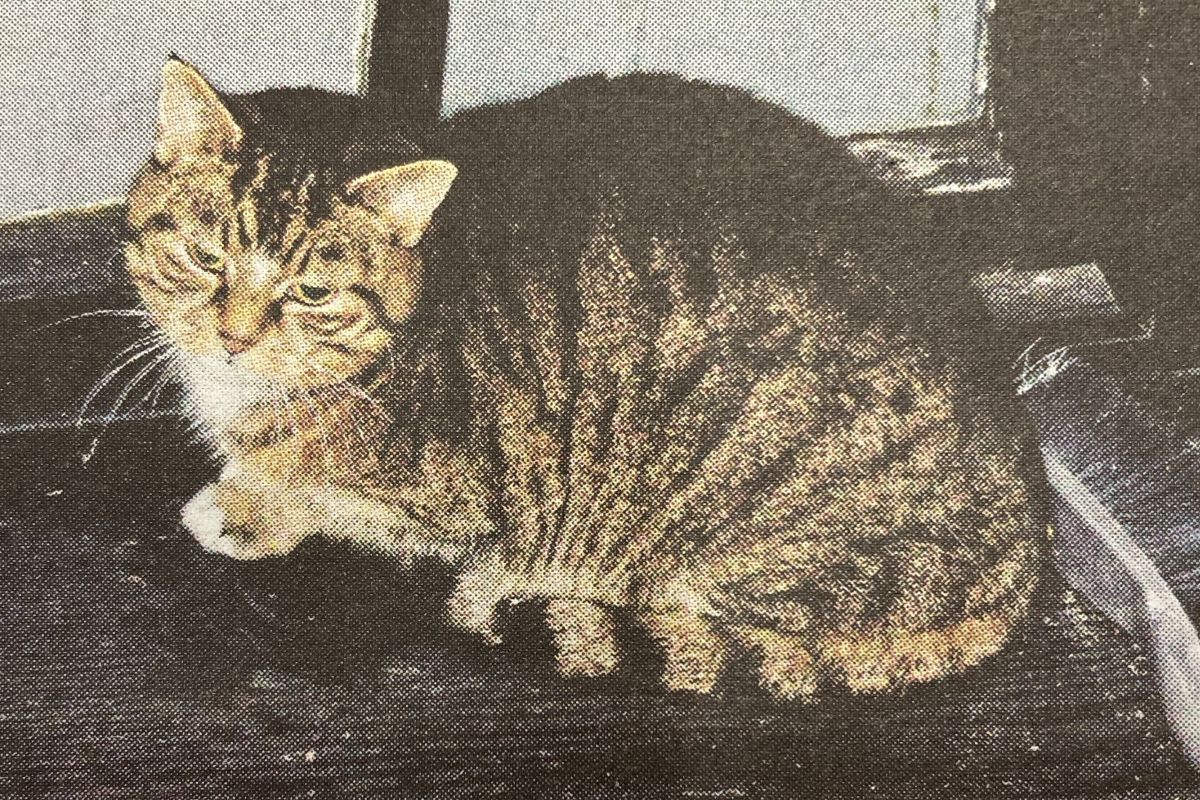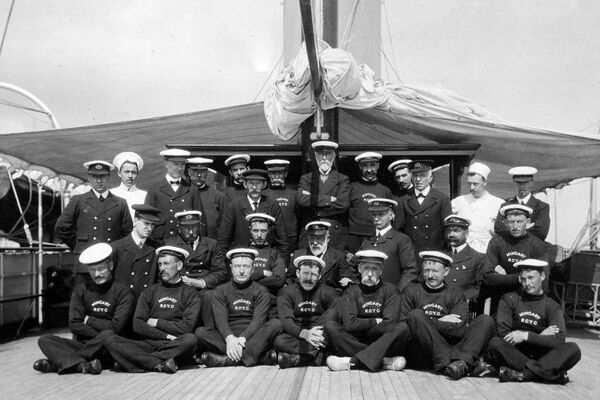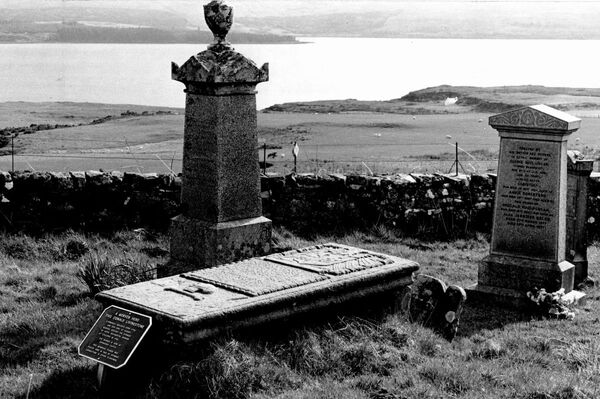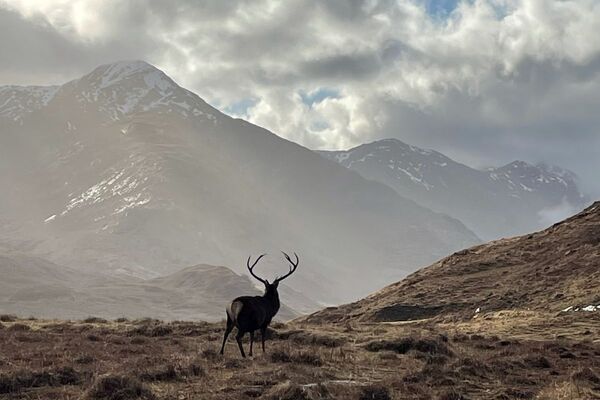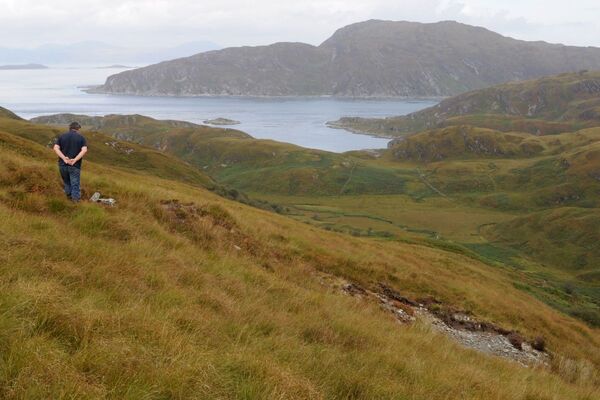The Oban Times and the Great War of 1914-18
A fascinating supplement, Argyll looks back on War to end all wars, which came with The Oban Times a few years ago, reminded us not only of the havoc and sadness the Great War brought to the Highlands and Islands, but was also a valuable record of how it was being reported.
What is not so widely known is the vitally important role The Oban Times played in that war.
The late Mr Alan Cameron, whose family owned the newspaper at the time, told me as the conflict wore on and morale began to flag, the War Office ordered large consignments of The Oban Times for distribution amongst the Highland Regiments at the Front.
Special arrangements were made to ship them out weekly, with a request that as much local news as possible should be included.
Nowadays Facebook and mobile telephones enable combat troops to keep in touch with their families on a regular basis. In those days the situation was entirely different.
It is not difficult to imagine what a boost it must have given the men in the trenches, sick of the smell of battle, surrounded by death, illness and all the other horrors of war, to have news of their loved ones in Argyll and throughout the Highlands and Islands.
The following poem, written by George P McRae and published in The Oban Times as hostilities were about to break out, well illustrates that sentiment.
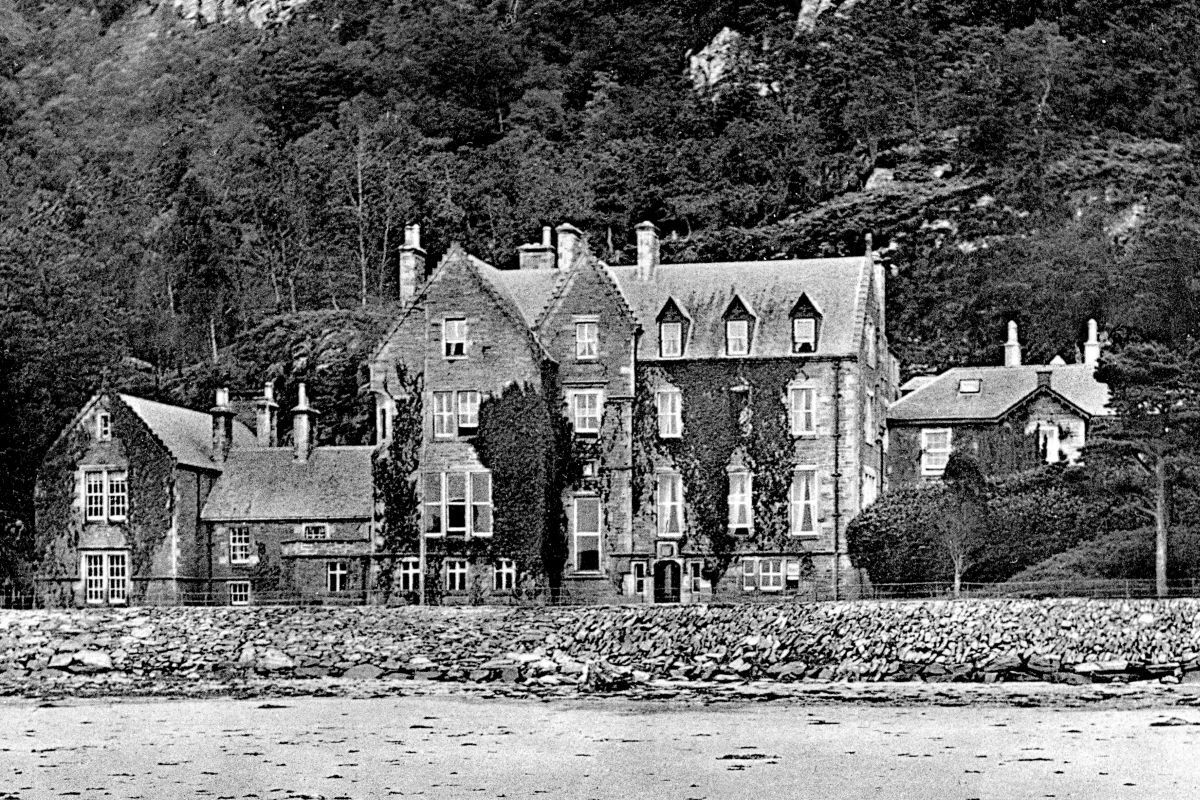
The Joy of Going Home
Oh! the joy of going home where the bonnie heather grows
And the tender, winsome breath of the hill-wind blows:
Oh! the joy of going home to the bonnie, bonnie glen
Where the happy days of old will forever come again!
Oh! the peace of going home where is heard the hushing sigh
Of the silent powers of dream that can never, never die;
Where the crooning song of night chants a wistful refrain,
And the happy days of old are forever born again!
Oh! the love of going home with a mother waiting there
In the lonely low-roofed cottage, where is heard her yearning prayer;
Where at eventide she pleadeth for her absent, wandering boy
To the Father that He’ll lead him to the haven of life’s joy!
Oh! the dream of going home to a mother’s heart to rest
And upon her loving bosom lay a weary soul distressed;
Oh the joy of going home where the world is incense sweet,
For there’s no place half so dear as that lonely hill retreat.
Many, of course, never made it home and lie in the vast war cemeteries of Europe often in un-named graves, ‘Known only to God’. The future of many of their communities died with them and to a large extent so, too, did so much of the Gaelic language and culture of that generation.
The Oban Times was full of engrossing and poignant reports and cameos of the Great War which are worthy of a book on their own.
For example, the first aeroplane ever seen in Acharacle was in 1915. It came in from the sea and flew over Shielbridge and up Loch Shiel and was thought by the locals to be spying for the Germans!
In August 1914 it was reported that Mr Charles D Rudd of Ardnamurchan had placed his 639-ton luxury steam yacht, the Mingary, at the disposal of the Admiralty to be used as a hospital ship. In October that same year the death was recorded of Captain Allan Cameron of Lochiel of the 1st Battalion, The Queen’s Own Cameron Highlanders, killed in action in France.
Two months later the Captain of Dunstaffnage, who was in a German prisoner of war camp, sent word home that the children attending Achaleven Public School in Connel were to be supplied with cocoa etc during the winter months at his expense as in former years. No school meals in these days!
In December 1919, The Oban Times carried a report that Lord Howard of Glossop [the owner of Dorlin estate in Moidart] suffered a sad bereavement in the loss of his younger son, who sacrificed his life for his country’s cause in France.
“Desirous of perpetuating his memory, his Lordship erected a noble and handsome monument at Dorlin, the Scottish estate in Inverness-shire, where a short time previously his honeymoon had been spent.
“The spot chosen is a small natural eminence near Coul, on the northern shore of Loch Shiel, a fresh water loch 20 miles long. It is in the deer forest, but sufficient trees will be cut down to make an opening to the water and afford a view up and down the loch.
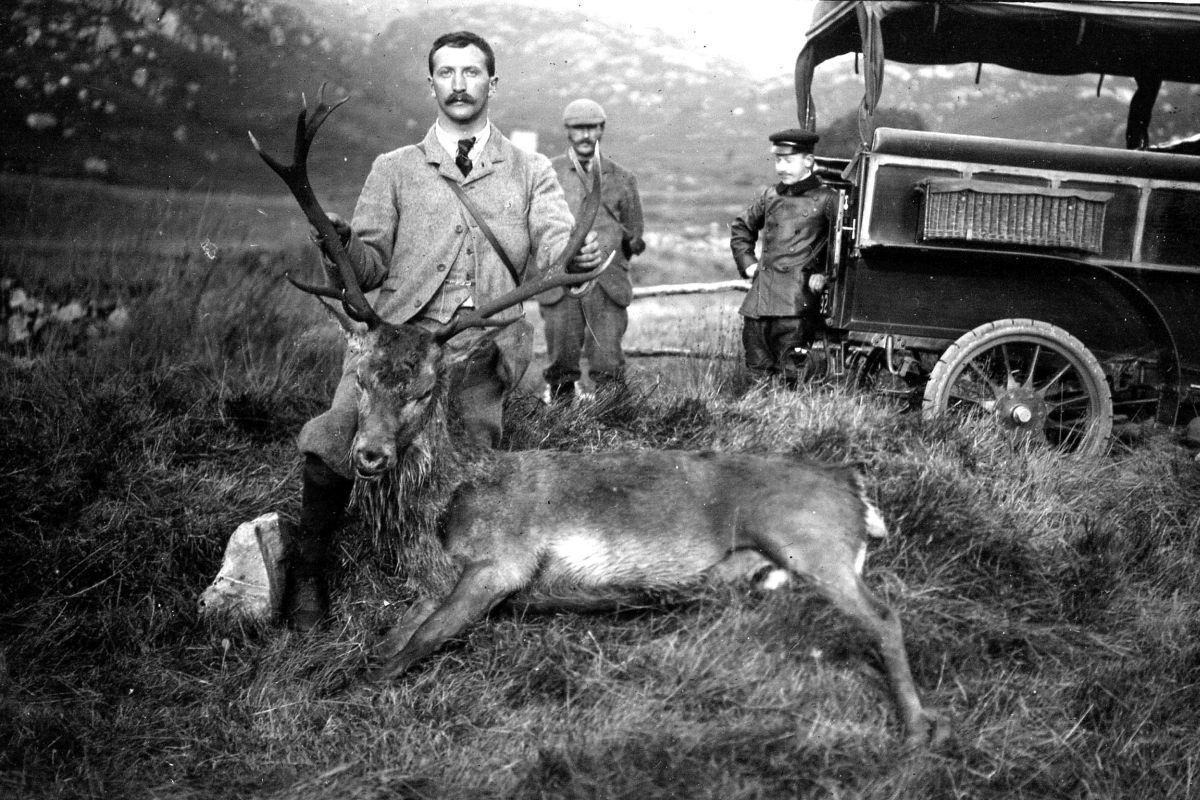
“Nearby is the Green Isle, which the people of the countryside have used as a burial ground for many years. The cemetery is very ancient and contains a number of carved tombs, and in addition the ruins of a chapel with a unique Celtic bell of great antiquity. [Sadly, stolen in the last decade].
“The site is symbolic of the lonely young soldier’s grave in France, for there is no town within 40 miles, no habitation near save that of a deer stalker. No sound is heard other than the roaring of stags and the occasional splash of a fish. As he was a thorough sportsman and such a wonderfully good shot these surroundings are ideal.
‘The monument [built on the spot where Philip and his family had a picnic the day before he returned to his regiment] has the shape of a cross, severe in style and bearing a sword, the emblem of a soldier on one face. The height of the cross is about 15 feet. It rests on a die 5-foot square weighing one and a half tons. The base is formed of three steps each a foot deep, the bottom one being 15 feet square; the top of the cross stands 23 feet 6” above the ground.
The memorial bears the following inscription: Erected by Francis, 2nd Baron Howard of Glossop In Honour of his son, Lieutenant The Hon. P. J. G. F. Howard, Welsh Guards, who died 24th May, 1919 of wounds received in action while Commanding No 3. Company, 1st Battalion. Born April, 1895. The Howard coat of arms is quartered on the third side, the carving being exceedingly sharp and pleasing. The fourth panel is at present blank, but shortly will hold, in medallion form, a bronze bust of Lord Howard’s son.
“The stone was quarried at Mouselow, one of his Lordship’s quarries, by the tenant Mr J Greenwood, and carved there to the design of Messrs Douglas, Minshull and Muspratt of Chester; both architect and contractor are to be congratulated on the result of their labours.”
In March the following year the deaths were recorded of two Arisaig men, Lieutenant W D Nicholson and Trooper Maben.
Later that year the news was received in Lochailort of the death of Lieutenant Charles Macleod Brerton, who also had been killed in France. He was a cousin and godson of Mrs Christian Cameron-Head of Inverailort and had spent a large part of his life in her house. He was the great grandson of Norman Macleod of Drynoch and last of Eileanreach on Skye who bred a distinctive strain of West Highland Terriers for hunting otters, wildcats and foxes.
As the war went on and bandages and dressings became scarce, the call went out by the War Office to readers of The Oban Times and other Highland newspapers for sphagnum moss. This moss, which is found in abundance on moors all over the Highlands, contains a natural antiseptic and other healing properties, and was used for field dressings. Collecting in Argyll was coordinated by The Oban Times through a series of local, regional and national centres. Depots were established in almost every village in the Highlands, and throughout the course of the war volunteers collected thousands of bags for shipment to the battle hospitals.
Latest News
JOBS
Business Development Manager - Highland Broadband
Sign up to our daily Newsletter
Permission Statement
Yes! I would like to be sent emails from West Coast Today
I understand that my personal information will not be shared with any third parties, and will only be used to provide me with useful targeted articles as indicated.
I'm also aware that I can un-subscribe at any point either from each email notification or on My Account screen.
You may also like
Super yachts in West Highland waters
Heroes and a hymn from across the Atlantic
The vanishing red deer of the Highlands
Latest News
JOBS
Business Development Manager - Highland Broadband

